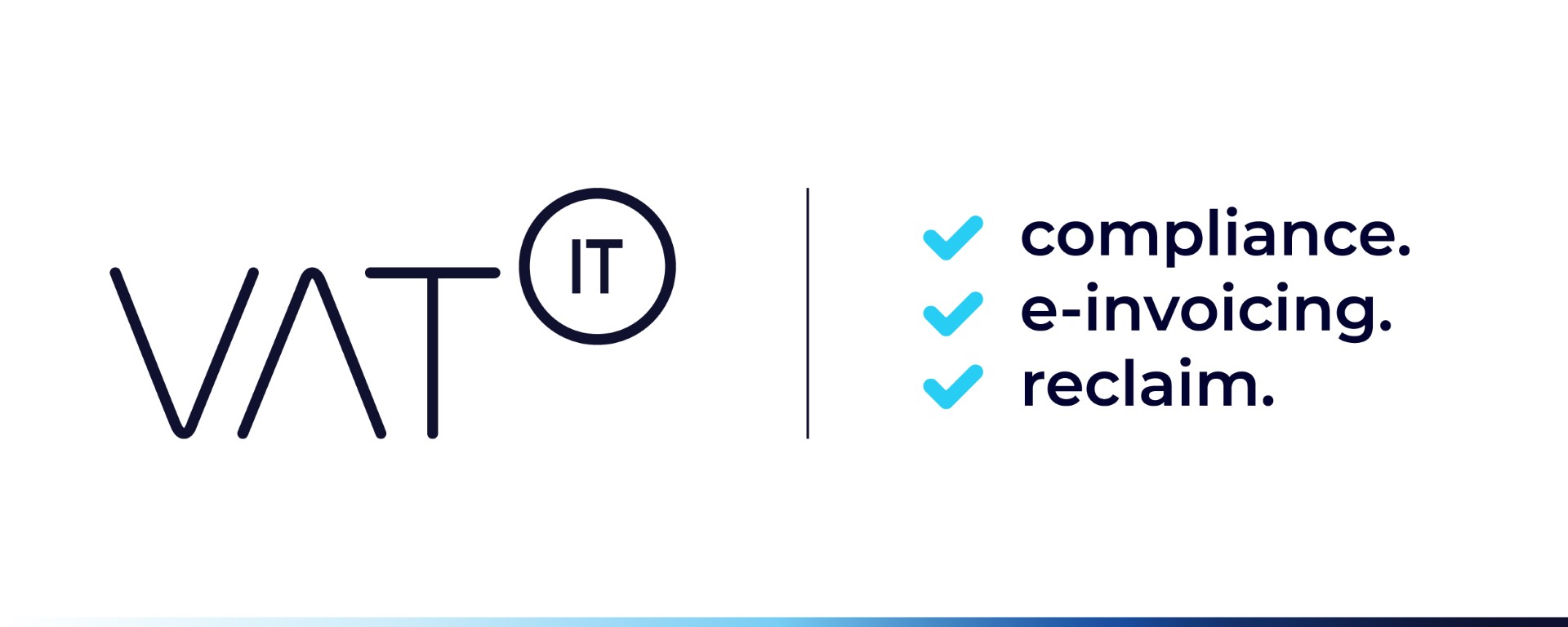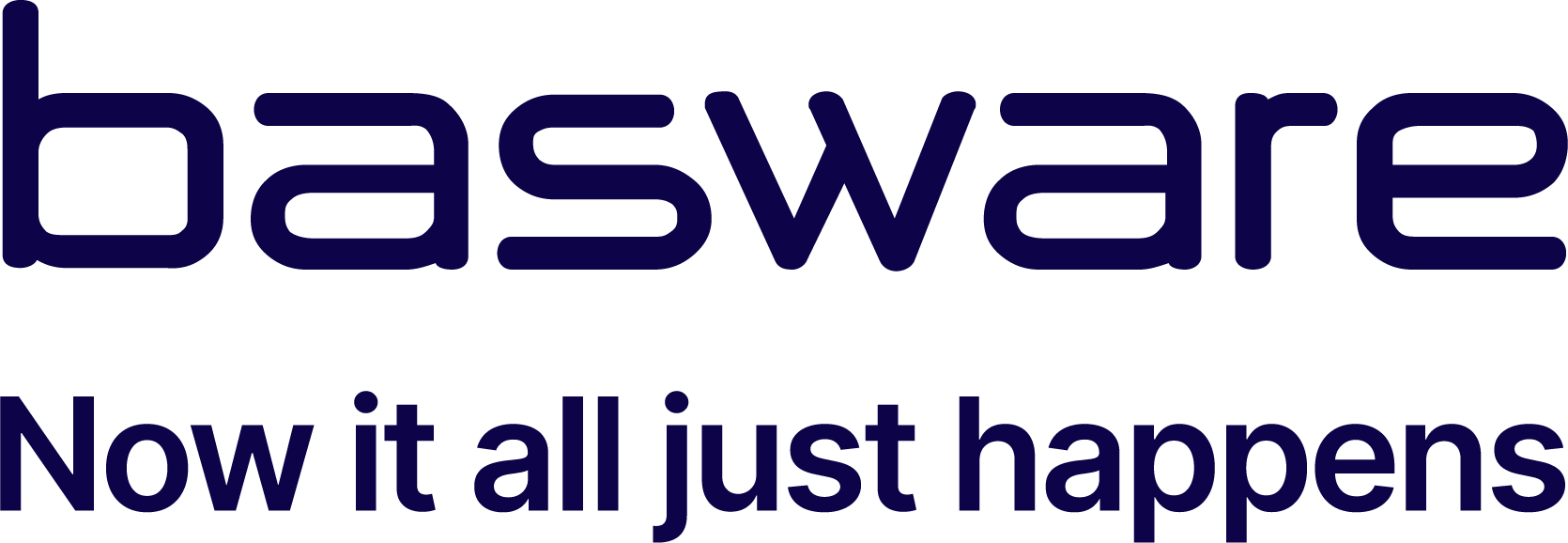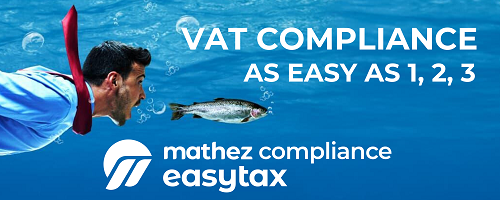- APIs play a vital role in ensuring seamless integration between systems in electronic invoicing
- APIs allow different software applications to communicate and interact with each other
- E-invoicing APIs facilitate communication between taxpayer’s systems and tax authority’s systems
- Two types of e-invoicing APIs: direct integration and integration via third-party software solution
- Key components of e-invoicing APIs include endpoints, authentication, data formats, and requests/responses
- Example of e-invoicing APIs in Malaysia with 15 APIs released by the Inland Revenue Board of Malaysia
Source: taxilla.com
Note that this post was (partially) written with the help of AI. It is always useful to review the original source material, and where needed to obtain (local) advice from a specialist.
Latest Posts in "Malaysia"
- Briefing Document & Podcast: E-Invoicing in Malaysia: Scope, Regulations & Future Outlook
- Malaysia Drops High-Value Goods Tax, Applies Higher Sales Tax to Luxury Items
- Malaysia Clarifies Sales Tax Refund Procedures for Manufacturers’ Machinery and Equipment Purchases
- Malaysia Updates Indirect Tax Forms Requiring More Detailed SST-02 Return Reporting
- Malaysia 2026 Budget: Tax Exemption Extensions, New LLP Tax, Carbon Tax Introduction















